The Royal Navy’s Mine and Threat Exploitation Group (MTXG) has been testing a range of uncrewed and autonomous equipment as part of efforts to advance mine warfare capabilities, according to a press release.
These trials, which involved various operational scenarios, are part of an ongoing initiative to integrate new technologies into frontline operations.
Supported by the Ministry of Defence’s Defence Equipment and Support (DE&S) organisation, MTXG has been exploring the use of autonomous systems, from launching underwater vehicles to incorporating new software into existing frameworks. The recent trials included a key test of the Maritime Autonomous Systems Trials Team’s (MASTT) Degree 3 Autonomy serial.
“The results of trials on RNMB Apollo were impressive, with the system demonstrating reliable path-planning and hazard avoidance capabilities based on information received,” said Lieutenant Commander Alan Hendry, Officer in Charge of MASTT, quoted in the press release.
During the trials in Weymouth Bay, the uncrewed surface vessel Royal Navy Motor Boat Apollo was controlled remotely from a central command centre. It executed a pre-programmed mission while autonomously navigating to avoid potential hazards.
In addition to these trials, Yankee Squadron Unit 1 worked with DE&S to test the Seacat maritime autonomous underwater vehicle. Over four weeks, Seacat was launched and recovered multiple times, demonstrating its reliability in various conditions. The vehicle uses onboard echo sounders and cameras to provide real-time data for decision-making.
Zulu Squadron also deployed minehunting equipment on different Royal Navy ships, including P2000s, during NATO’s annual Baltic exercise. They used the IVER 3 Autonomous Vehicle and Video Ray Defender remotely operated vehicle to identify potential mines and relay information to operators, according to the press release.
“As the MTXG Squadron model matures, individual assets will be able to be embarked or forward-based to a variety of vessels and locations, allowing a single squadron to provide effect in and to suit a variety of locations and requirements simultaneously,” said Lieutenant Tim Pascoe, Executive Officer for the Squadron, quoted in the press release.
In the Gulf, X-ray Squadron tested equipment in the Middle East’s warmer waters, including a containerised uncrewed underwater base, known as Cube, on HMS Chiddingfold. This system, along with the Remus 300 autonomous underwater vehicle, supports minehunting and hydrography operations in high-temperature environments.
“While there is still much to do, it is an exciting time as we move towards a training solution for the autonomous systems that will pave the way ahead for MCM Operations in the Royal Navy,” commented Lieutenant Commander Dan Chandos-Hall, Officer in Charge of the OCU, quoted in the press release.


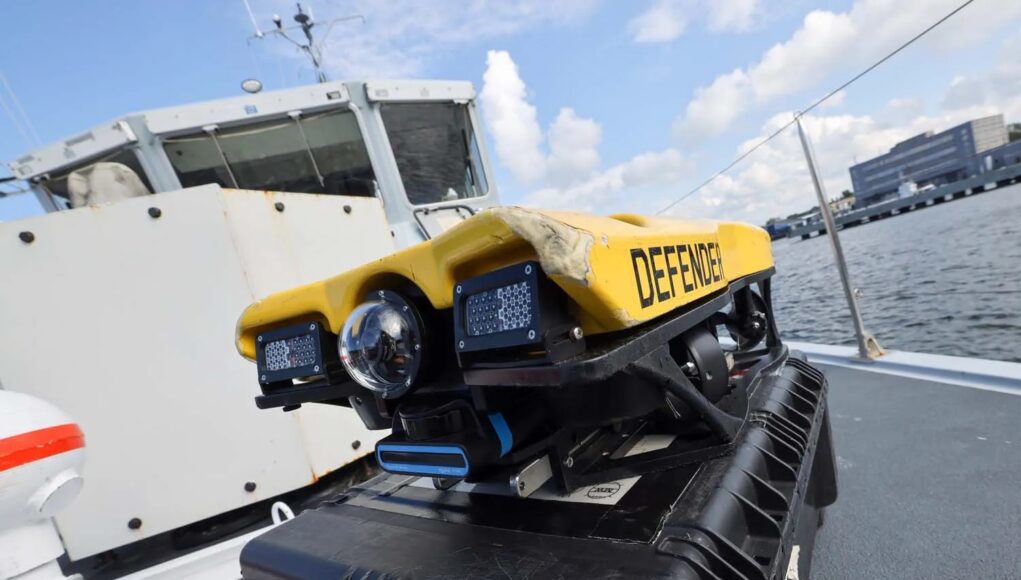
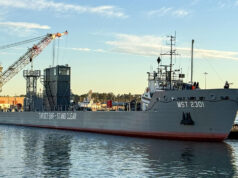
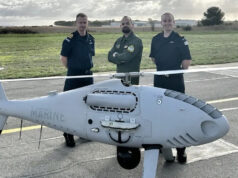
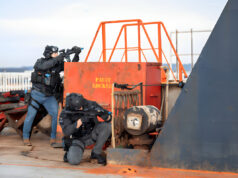
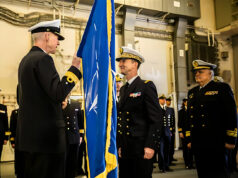
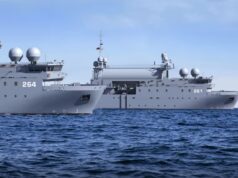
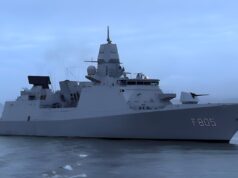
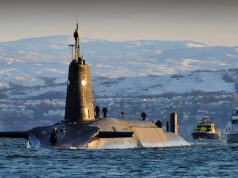
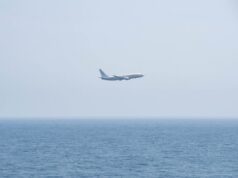
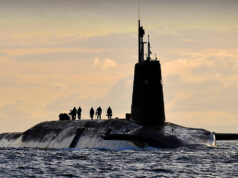


I take it this is the same kit we are developing with France which has been ongoing since 2010 🤷🏼♂️
Some of it is …some of it is extras to investigate the future directions for systems.
Meanwhile millions are going short of standard needs
MCM seem to be getting all the toys right now. Or at least are trialling them.